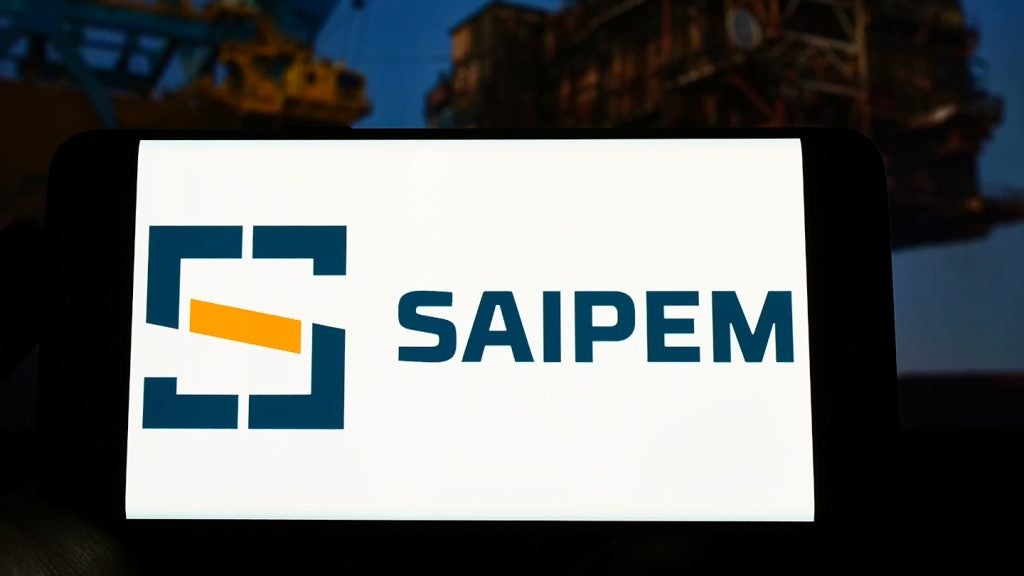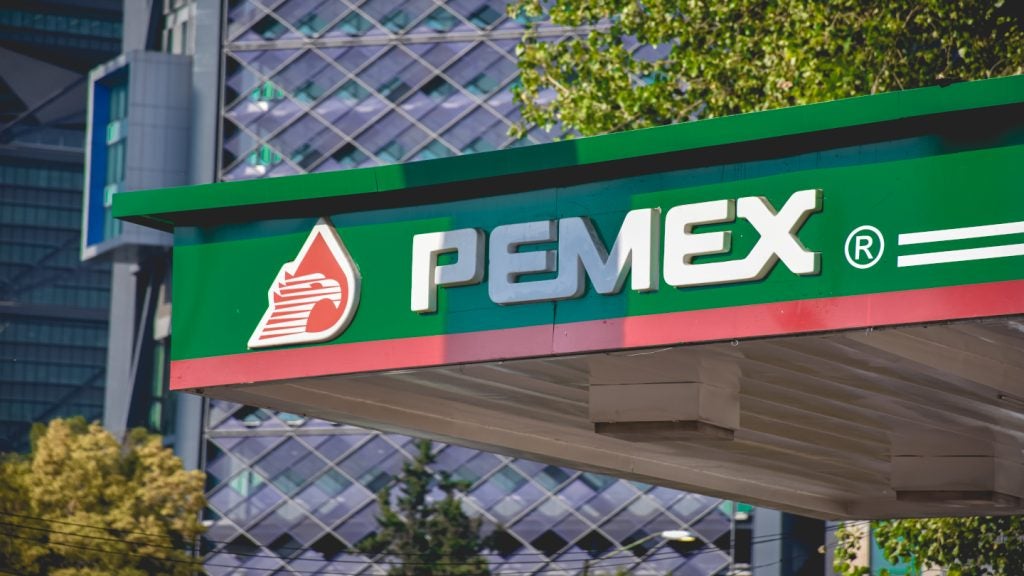The development of offshore oil and gas projects involves the design, engineering and construction of several elements, including drilling and production platforms, and transportation of recovered hydrocarbons.
Tools such as fabrication management software and load analysis are commonly used during the design and engineering of offshore infrastructure.
Finding top providers of offshore engineering, design and construction services
Offshore Technology has listed leading providers of design, fabrication, assembly and installation services, and geotechnical engineering services, based on its intel, insights and decades-long experience in the sector.
The list includes providers of marine engine services, maintenance and repair services, and risk management services.
The information contained within the download document is designed for offshore engineering managers, lead offshore pipeline engineers, instrumentation engineers, inspection engineers, geotechnical engineers, and project engineers.
See Also:
The download contains detailed information on the suppliers and their product lines, alongside contact details to aid your purchasing decisions.
Design, engineering, and construction for offshore projects
The design, engineering, and construction services for offshore projects include conceptual and feasibility studies, design of the infrastructure and marine systems, fabrication and construction services and marine engine services. The range of services that are part of offshore development projects are:
- 3D modelling
- Environmental impact assessment and environmental studies
- Concept development
- Preliminary and complete design development and documentation
- Prototype development
- Structural design and drawings
- Stress and load analysis
- Piping design
- Fabrication and assembly
- Installation engineering
- Maintenance and repair
- Project risk management, and
- Pre-commissioning and commissioning follow-up
Offshore fabrication services providers use fabrication management software to optimise the design of offshore infrastructure while reducing material use and cost and streamlining production.
Importance of load analysis in offshore engineering
The design, engineering, and construction of offshore structures such as jackets and platforms need to take into account different types of loads including wind, wave currents, water, and earthquake loads.
Load analysis is an important tool used by engineering firms and fabricators to ensure that offshore oil and gas platforms are designed to withstand the loads.
For full details (including contact details) on the leading companies within this space, download the free Buyer’s Guide below:
Frequently asked questions
-
What are the essential services provided in offshore construction and design?
Offshore construction and design services include conceptual studies, detailed design, environmental impact assessments, structural and stress analysis, and 3D modelling. These services are crucial for the development of oil rigs, platforms, and other marine infrastructure. They also encompass fabrication, installation engineering, and project risk management, ensuring that all structural designs can withstand environmental loads like wind, waves, and seismic activity.
-
How does load analysis contribute to offshore engineering?
Load analysis ensures offshore structures can endure environmental forces such as wind, waves, and seismic activity. This analysis helps in designing safe and stable platforms, avoiding structural failure and ensuring long-term viability of offshore projects.
-
What role does fabrication management play in offshore development?
Fabrication management utilises advanced software to optimise the design, material usage, and production processes for offshore structures. This results in cost-effective construction, reduced material waste, and streamlined production, ensuring efficiency during the construction phase.
-
How is environmental impact considered in offshore project design?
Offshore projects integrate environmental studies and impact assessments to mitigate ecological harm. These evaluations help design infrastructure that complies with environmental regulations, considering aspects such as marine ecosystems, waste management, and emissions.
-
What advancements are shaping the future of offshore construction?
Technological advancements like 3D modelling, smart fabrication systems, and enhanced load analysis tools are transforming offshore construction. These innovations enable more efficient design processes, better risk management, and optimised materials, leading to cost savings and improved project execution.






